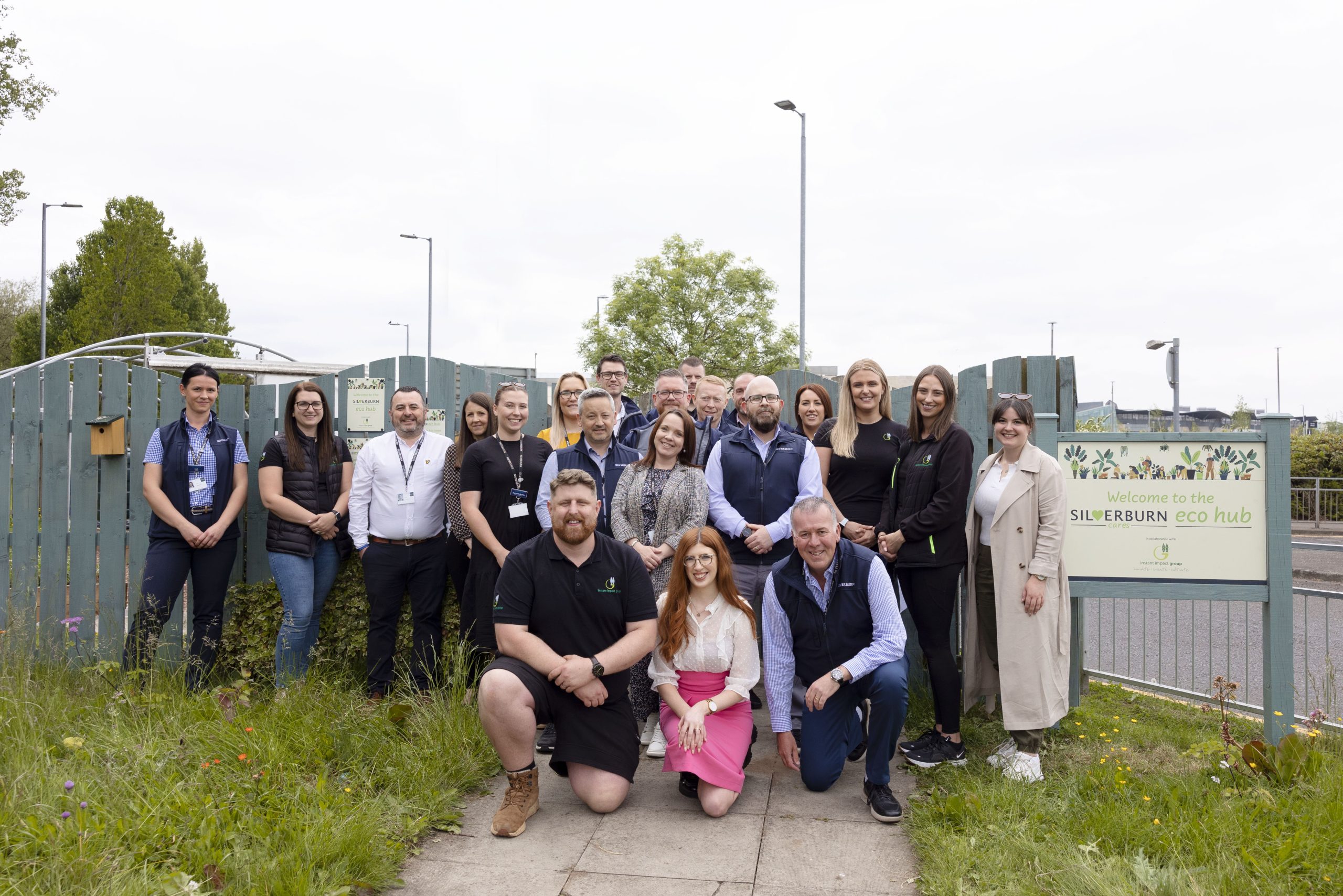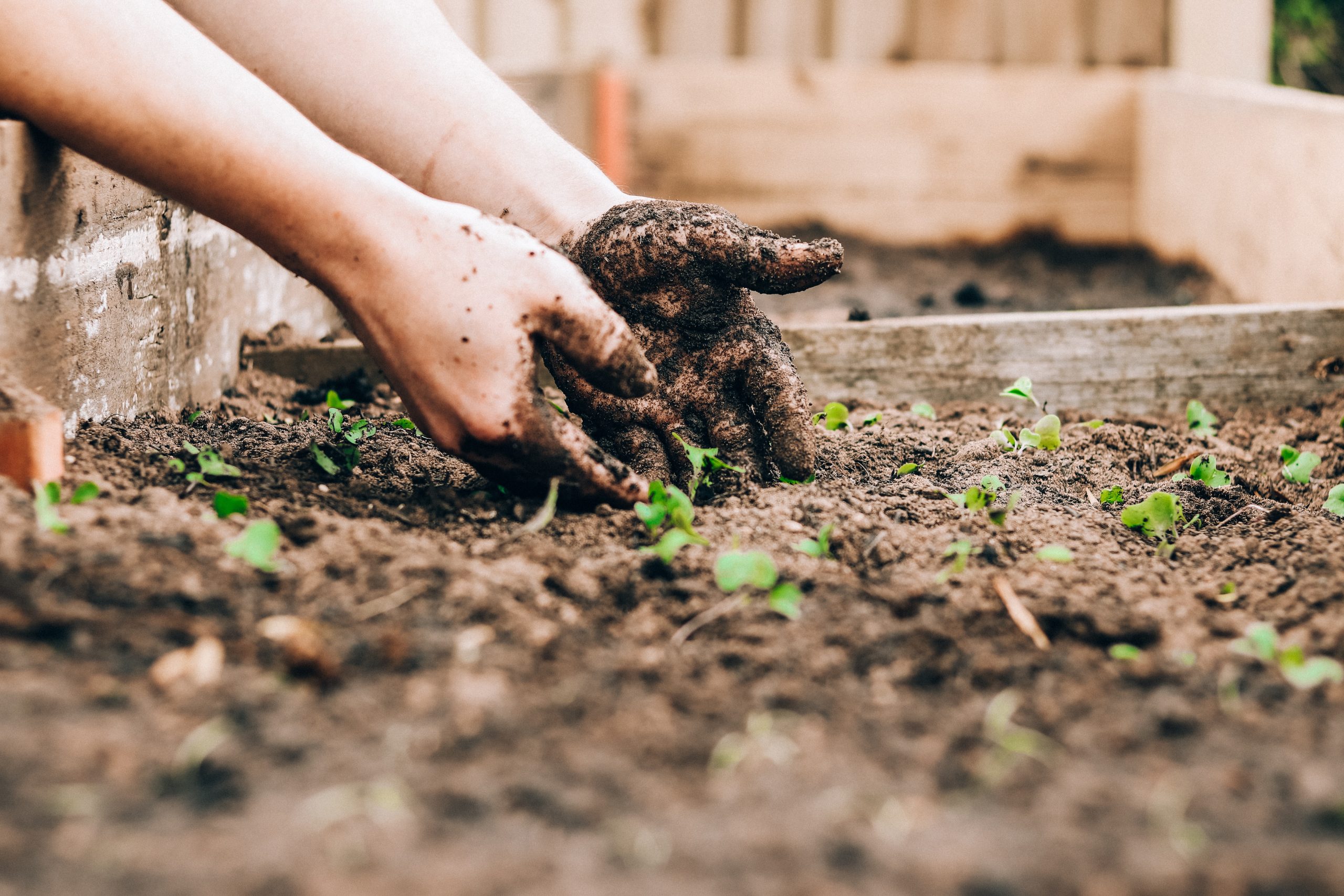As part of the Natural History Museum’s Urban Nature Project, work has begun to build accessibility into the Museum’s gardens. The cumbersome steps that lead out of the TfL tunnel near the Exhibition Road entrance are being removed and replaced with a wide ramp, making entering the gardens smooth and easy. The Urban Nature Project, supported by Workman, gives the Museum a unique opportunity to transform its five-acre site in South Kensington into a welcoming, engaging, accessible and biologically diverse green space in the heart of London.
- step-free access from the street to the gardens for the first time,
- pathways wide enough for two wheelchair users to pass comfortably,
- raised ponds so wheelchair users can freely join pond-dipping learning activities,
- state of the art ‘changing places’ accessible toilet facilities in the new Learning and Activity Centre,
- steps will be replaced by gentle slopes,
- benches and stopping places across the gardens.
The Natural History Museum is taking a sensory approach to planting and interpretation. New outdoor galleries will be designed to be touched, smelled and heard, as well as seen in all their glory. Interpretation will include tactile maps, audio descriptive guides and acoustic audio posts, which will play the sounds of the environment captured through scientific acoustic monitoring. Calm and contemplative spaces will also be created within the gardens for those that need a more restful space.
Accessibility has been central to the plans, and will create a richer, more enjoyable experience, for everyone visiting the gardens. The removal of the steps from the TfL tunnel marks an exciting first step in this vision becoming reality.


Image credit: The Trustees of the Natural History Museum, London


